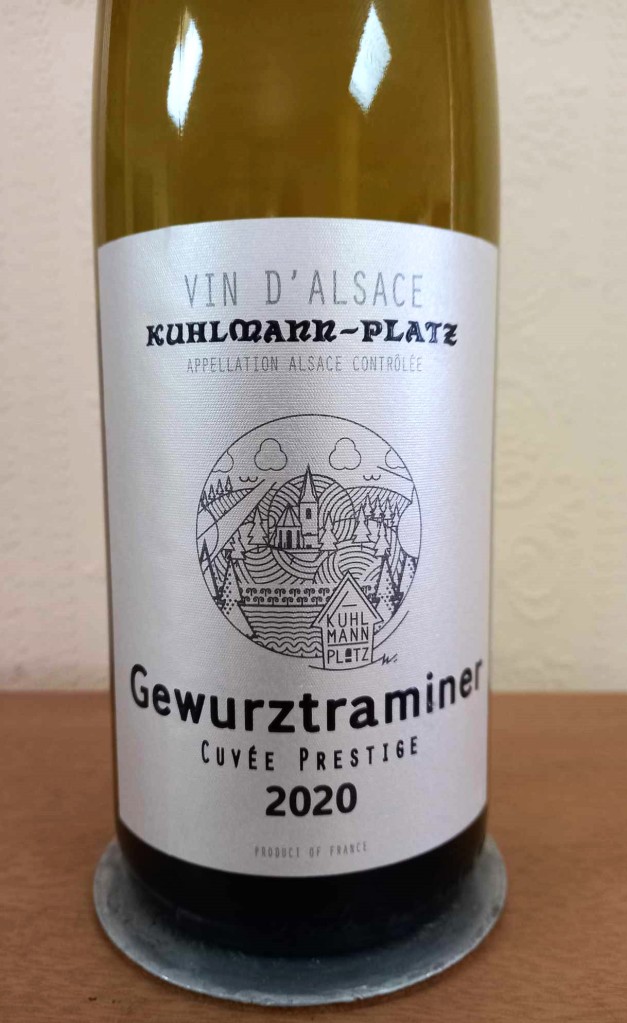How do you match a wine with the assertive spicy flavours of a curry? Many would say, ‘don’t bother, have a beer instead’. But what if, like my wife and I, you don’t enjoy beer? Do you just stick to water? In reality, it depends; there are countless different variations of the dish – not surprising when my dictionary says that the word ‘curry’ derives from an old Tamil word meaning ‘sauce’. How many different sauces are there? It must run into the thousands. So, rather than dismissing the idea of wine with a curry, it’s important to check what flavours are in the particular dish and see if you can match them.
A good friend (and her cat!) invited us to dinner recently and told us that she would be cooking Prawn Rendang, a dish from Indonesia or Malaysia. I had an idea that it was a sort of curry but didn’t know any more than that, nor which wine I might take to accompany it. I checked some recipes; typically, the ingredients would include coconut milk, chillis, garlic, ginger, turmeric, lemon grass, tamarind paste and sugar. The ginger, lemon grass and tamarind are all quite fragrant and, with our friend’s assurance that she would be gentle with the chillis (hot chilli flavours are definitely wine killers!), I decided to look for a white wine with some aromatic qualities to it.
A Riesling, especially one from Australia, or a Torrontes from Argentina, perhaps? In the end, I settled on Kuhlmann-Platz’s Gewurztraminer from France’s Alsace region (Majestic Wines, £10.99 if bought as part of their ‘mix 6’ deal). Quite full-bodied but cool and fresh with tropical flavours of melon, mango and lychee and peppery hints. It seemed to work well with the dish, reflecting the deliciously aromatic flavours and sitting nicely alongside its restrained heat.
Wines made from the gewurztraminer grape variety are quite distinctive and some of the more floral, perfumed examples wouldn’t be to everyone’s taste but more elegant bottles such as this can be very attractive and solve the question of what to drink with mildly spicy curries.









